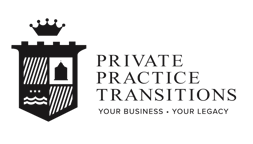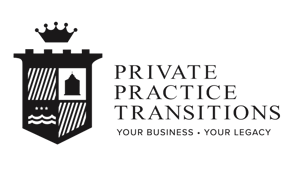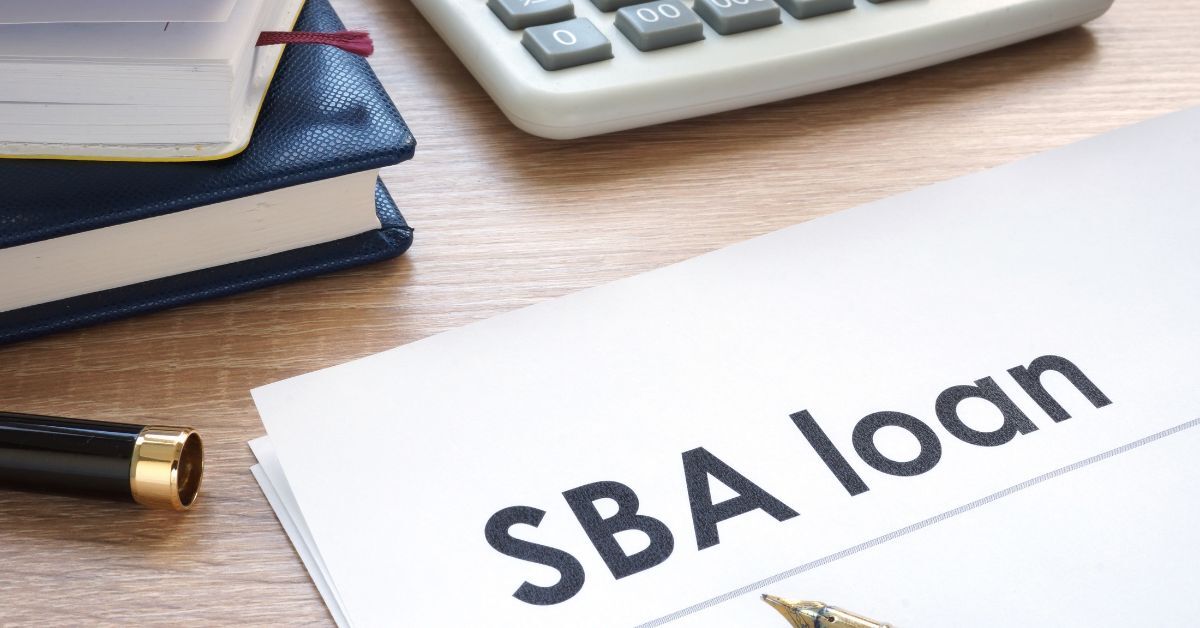You may decide to keep a percentage of ownership in your private practice after selling it. Additionally, your buyer may decide to seek a loan from the Small Business Administration (SBA). However, the SBA recently revised its SOP 50 10 8 rules regarding rollover equity, which impacts buyers, sellers, and investors alike.
Therefore, it’s crucial for future buyers and sellers to closely monitor these updates, as they will significantly impact how people conduct these transactions in the future. Read on for a breakdown of the SBA’s new rules for rollover equity so you don’t run into any unexpected consequences.
Sellers Retaining Ownership Must Guarantee Loans
One of the key updates made to the SBA’s SOP 50 10 8 rules involves sellers who retain ownership in a business following a transaction. Previously, those who retained 20 percent or more of equity in the practice were required to guarantee the loan.
Now, sellers must provide a personal guarantee even if they keep less than 20 percent in equity. This requirement ensures that sellers remain financially committed to the business’s success post-transaction. The SBA mitigates the risks associated with partial ownership transitions and enhances accountability among all parties involved by requiring personal guarantees.
This change introduces an important consideration for sellers when negotiating terms. Retaining a minority stake can provide opportunities to benefit from future business growth, but it also comes with added financial responsibility.
Sellers must carefully evaluate their willingness and ability to meet personal guarantee obligations before proceeding with a sale structured to include rollover equity. This new rule underscores the importance of aligning business strategy with personal risk tolerance to ensure a seamless transition under the updated SBA guidelines.
Minority Shareholders Are Co-Borrowers
Minority shareholders now play a new role in SBA-backed transactions. The administration’s updated guidance requires all minority shareholders within the structure of a transaction using an SBA loan to work alongside the buyer as co-borrowers.
Previously, shareholders weren’t always required to take on direct financial obligations tied to SBA loans. Although this change fosters accountability for buyers and every party benefiting from business ownership, it also adds complexity.
Minority shareholders must now bear the added risk of shared liability. Potential minority investors should consider how these risks align with their overall financial objectives. Businesses considering SBA-backed loan structures in transactions should clearly communicate these obligations to all shareholders before proceeding with a sale.
Other Changes You Should Know
After learning about the SBA’s new rules for rollover equity, you must also be aware of several other changes to SOP 50 10 8 that impact purchasing and selling practices. Learn about these updates below.
Buyers Must Inject 10 Percent of Equity
Buyers who acquire businesses with SBA loans must inject 10 percent of equity into the transaction. Previously, the SBA was more flexible, allowing buyers to use seller-financed notes as a form of equity. Now, sellers can contribute funds that are on standby and do not amount to more than half of the equity.
Buyers must also bring serious financial considerations to the table and demonstrate their ability to contribute to the business’s economic health. Entrepreneurs considering SBA-backed acquisitions must assess liquidity levels and their willingness to contribute substantially before opting for this financing approach.
While introducing equity strengthens the buyer’s long-term alignment with the business, it poses challenges for acquisition financing in certain cases. Understanding financial funding requirements in advance ensures that buyers properly align their investment strategies with these SBA guidelines.
Partial Purchases Are Now Stock Transactions
The SBA has also made the change that standardized partial business purchases are now stock transactions. This means that whether you plan to acquire 25 percent or 75 percent of an accounting practice, using an SBA loan requires you to treat the acquisition as a stock purchase rather than as an asset-based transaction. Sellers aiming to retain a portion of the enterprise should familiarize themselves with this rule to avoid missteps during negotiations.
Substitute Guarantors Are Not Allowed
The SBA has also eliminated the use of substitute guarantors after obtaining a loan. Businesses must now commit to pre-approved guarantors during transactions utilizing SBA-backed loans. Previously, substitutes were allowed in rare circumstances.
This policy establishes responsibility across stakeholders by reducing ambiguity. Eliminating gray areas concerning responsibility ensures businesses operate transparently within the SBA framework. However, while substitute guarantor clauses previously resolved concerns about specific individuals withdrawing during legal or personal crises, their removal may create limitations.
Buyers and sellers must now closely align upfront regarding permanent guarantor options that are acceptable under SBA guidelines. Transparent and early communication regarding guarantor roles and responsibilities prevents unexpected surprises that may derail the closing process.
No More Wealth Disqualifications for Loans
The SBA’s decision to remove wealth disqualifications opens loan accessibility to a broader spectrum of individuals. Historically, owners surpassing pre-defined net worth thresholds faced disqualification. Eliminating these thresholds provides equal opportunities regardless of an individual applicant’s wealth.
This change levels the playing field across varying acquisition backgrounds, empowering a more diverse pool of participants. Prospective acquirers holding personal wealth exceeding former thresholds can now confidently explore leveraging SBA resources throughout acquisition strategies. This bolsters broader participation within private practice transfer ecosystems and fosters greater entrepreneurial innovation.
SBA Will Accept Accountant-Prepared Documents
An additional update worth noting is that the SBA will now accept accountant-prepared financial documents instead of tax returns. Under the new rules, business owners can now include statements prepared by a licensed accountant as part of their loan application package.
By leveraging reports created by a trusted professional, applicants can present a clear and more accurate picture of their company’s financial health. However, it is essential to ensure that these documents meet the SBA’s specific guidelines.
Typically, applicants must submit profit and loss statements, all prepared in compliance with generally accepted accounting principles. Working closely with a qualified accountant to ensure all documentation is accurate and comprehensive will greatly improve your odds of receiving a loan.
The SBA’s latest updates regarding rollover equity emphasize the importance of mitigating risks and enhancing loan repayment safeguards. These changes undoubtedly impact current approaches within equity rollovers and alter traditional negotiation modalities among buyers and sellers.
If you are planning to sell or purchase an accounting or physical therapy practice and require additional assistance when it comes to understanding SBA rules, Private Practice Transitions can help. Our staff includes experienced financial service brokers who can guide you through the process and ensure positive outcomes for all.







